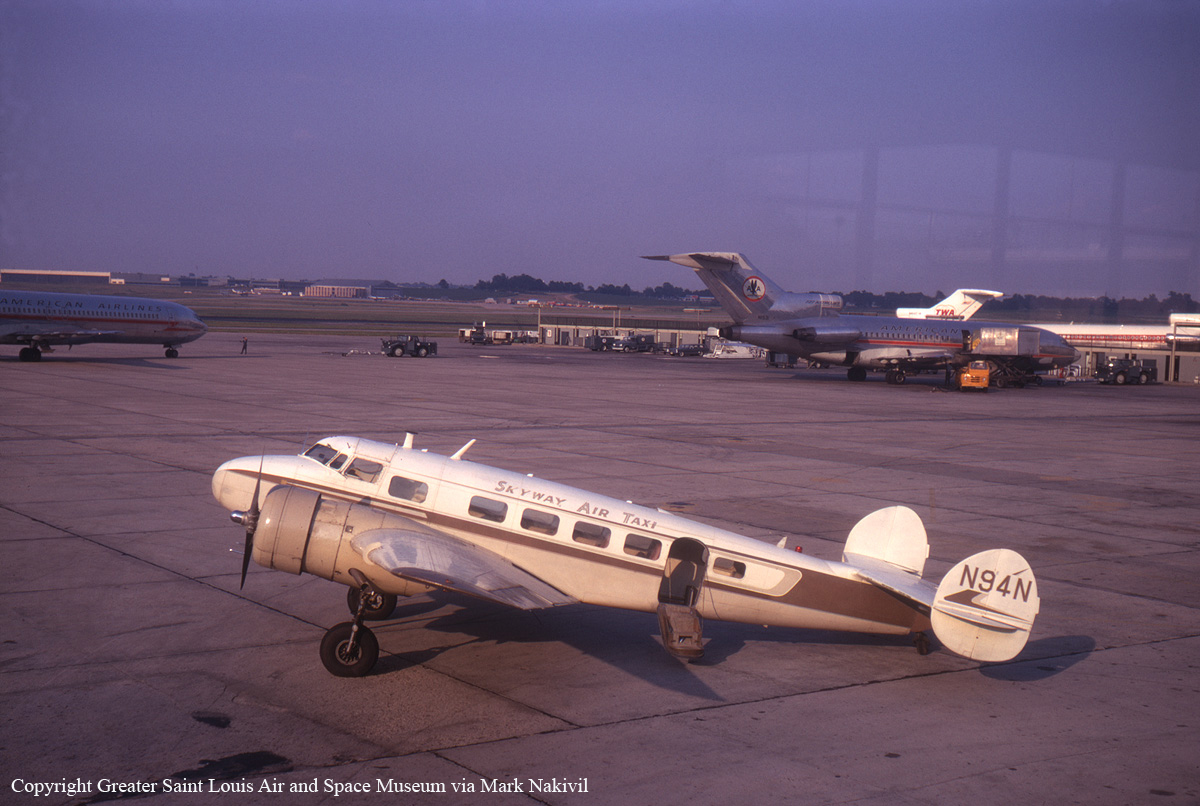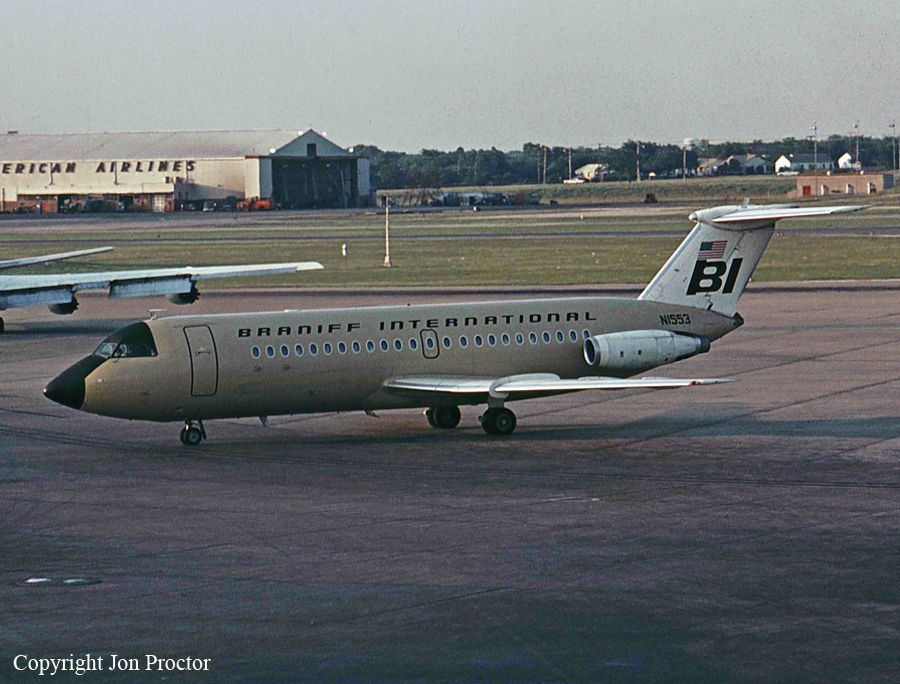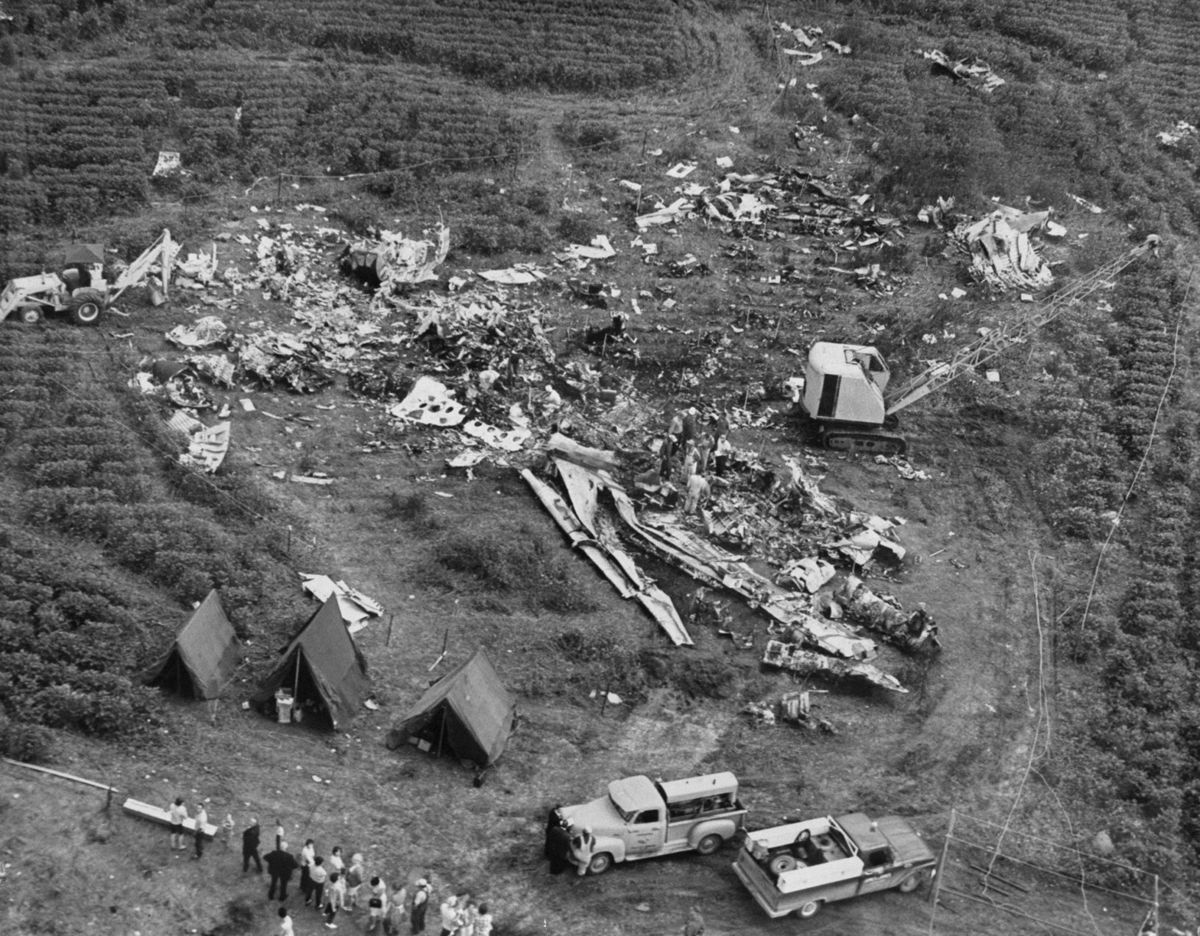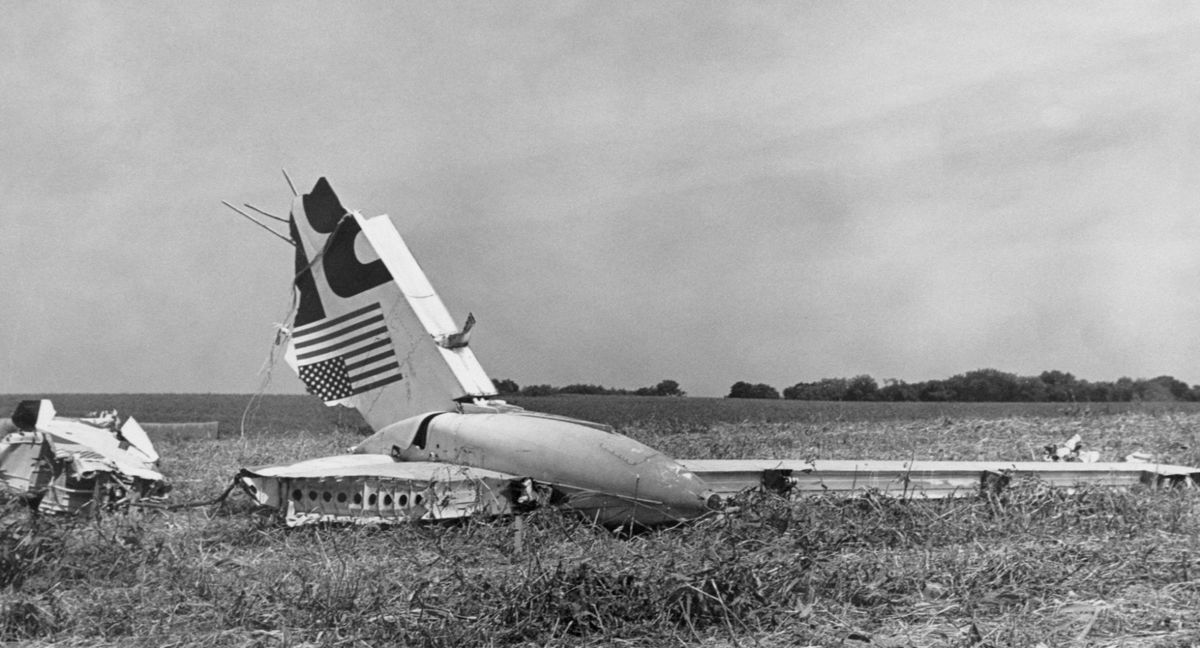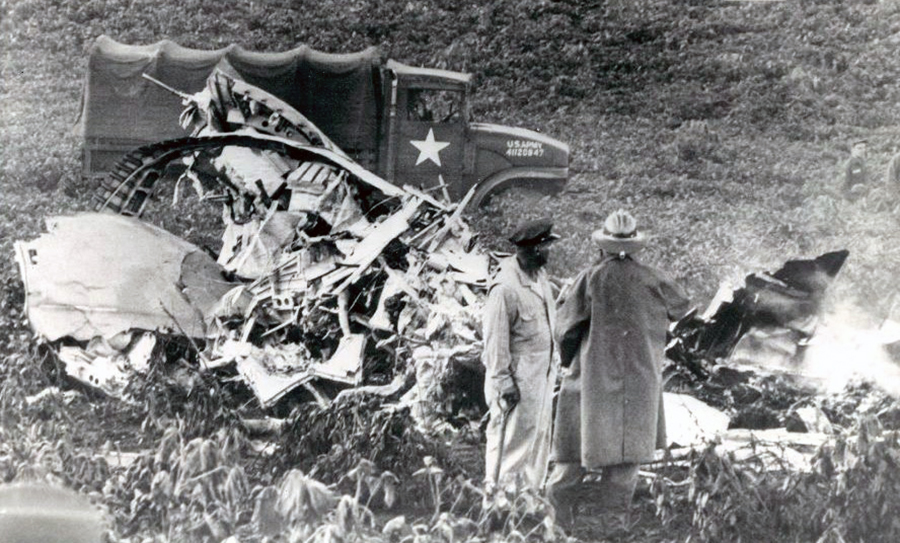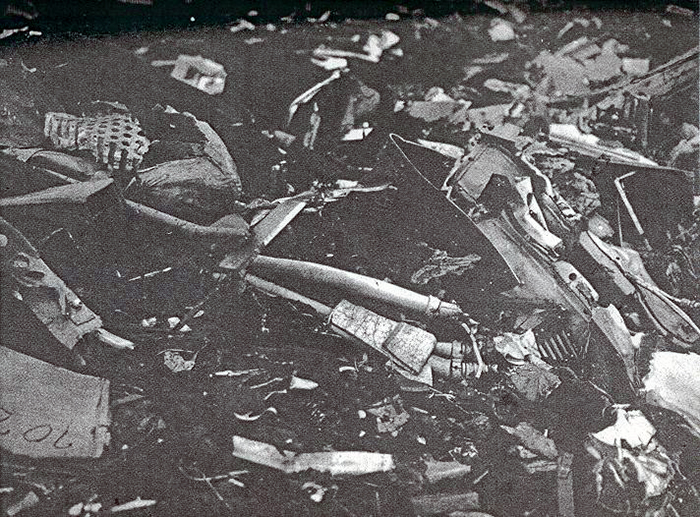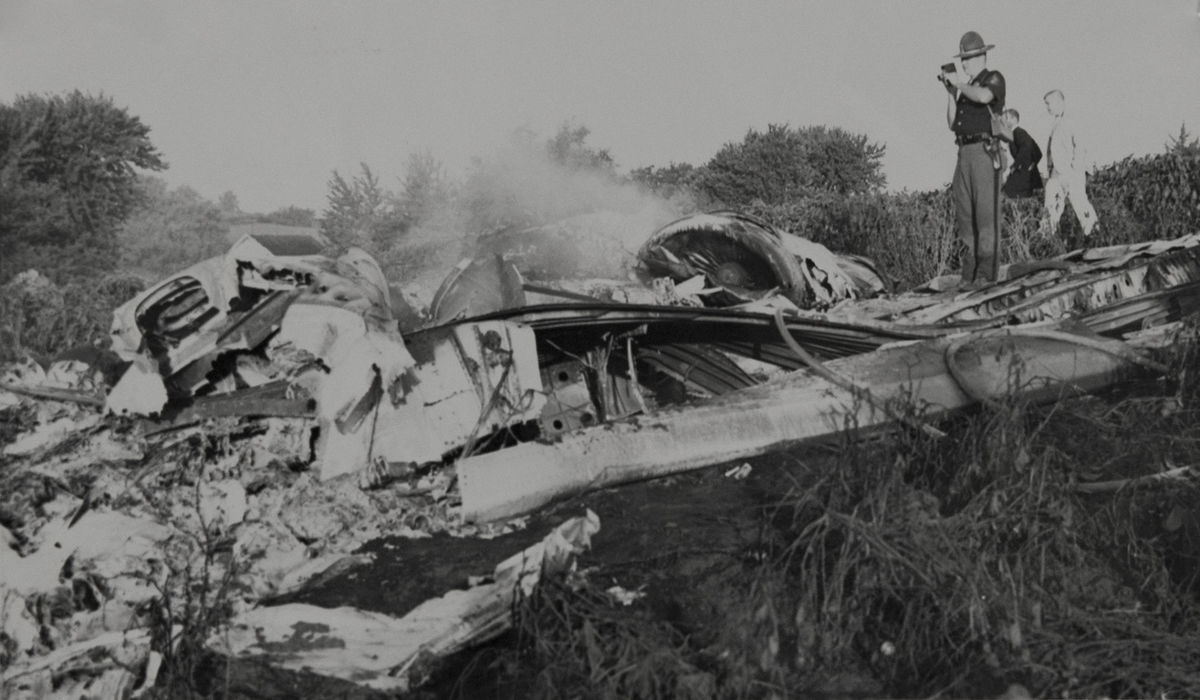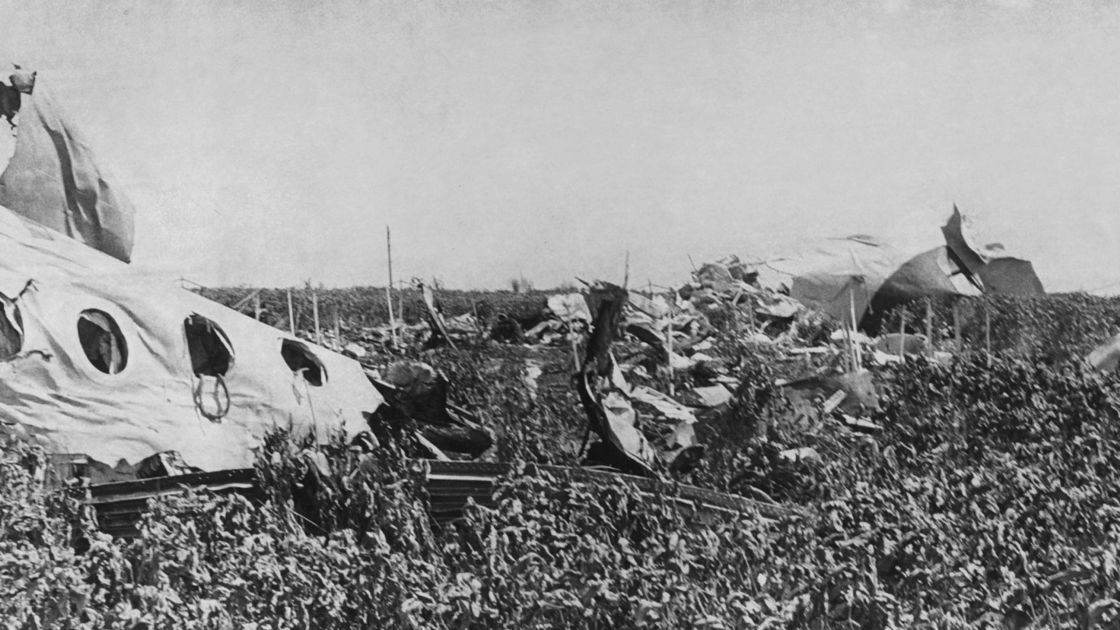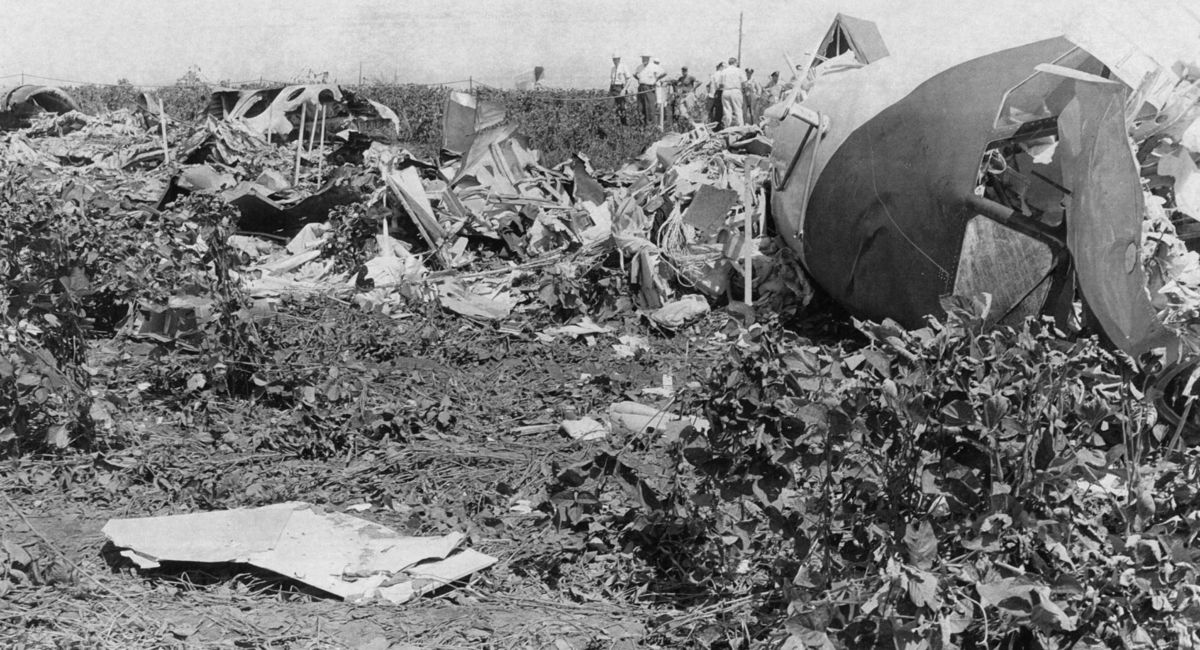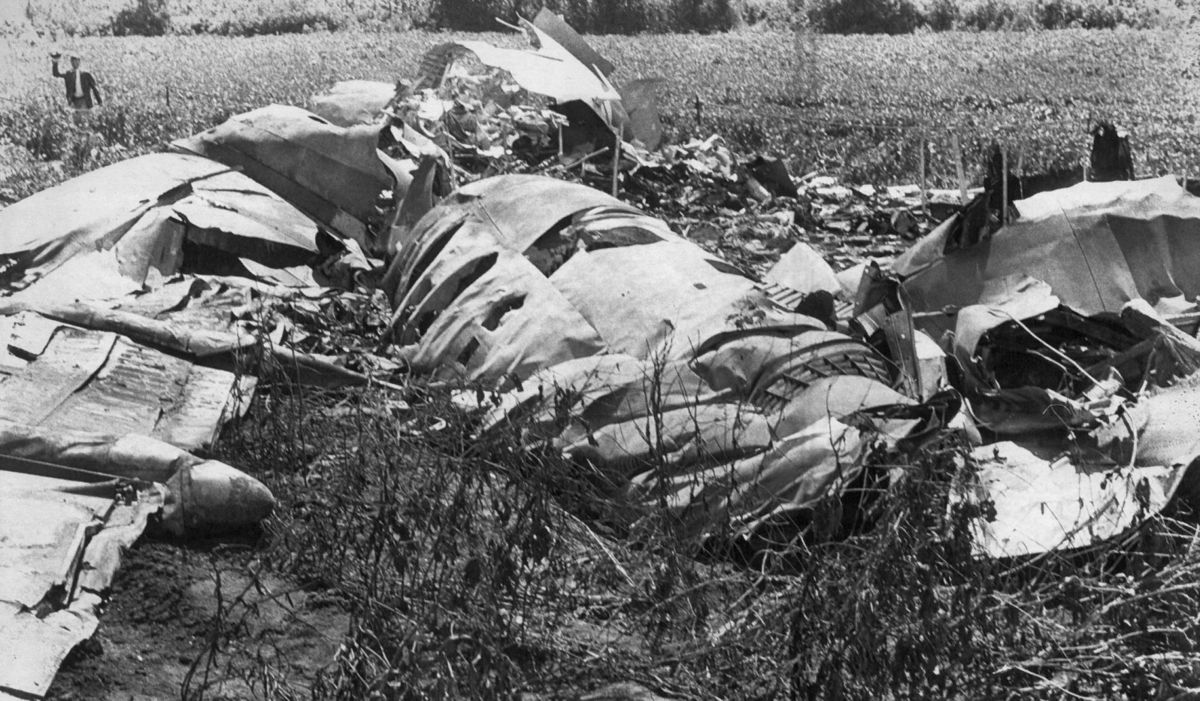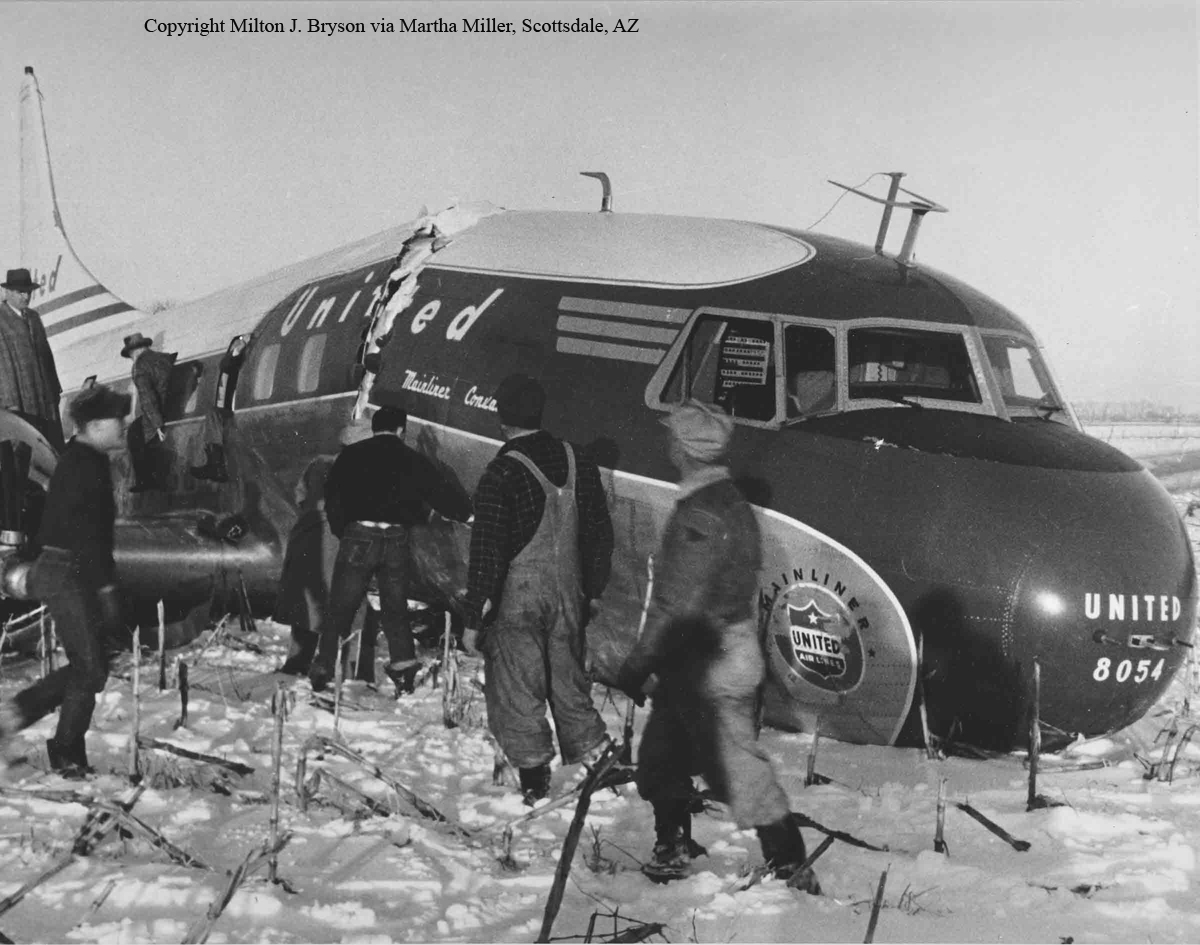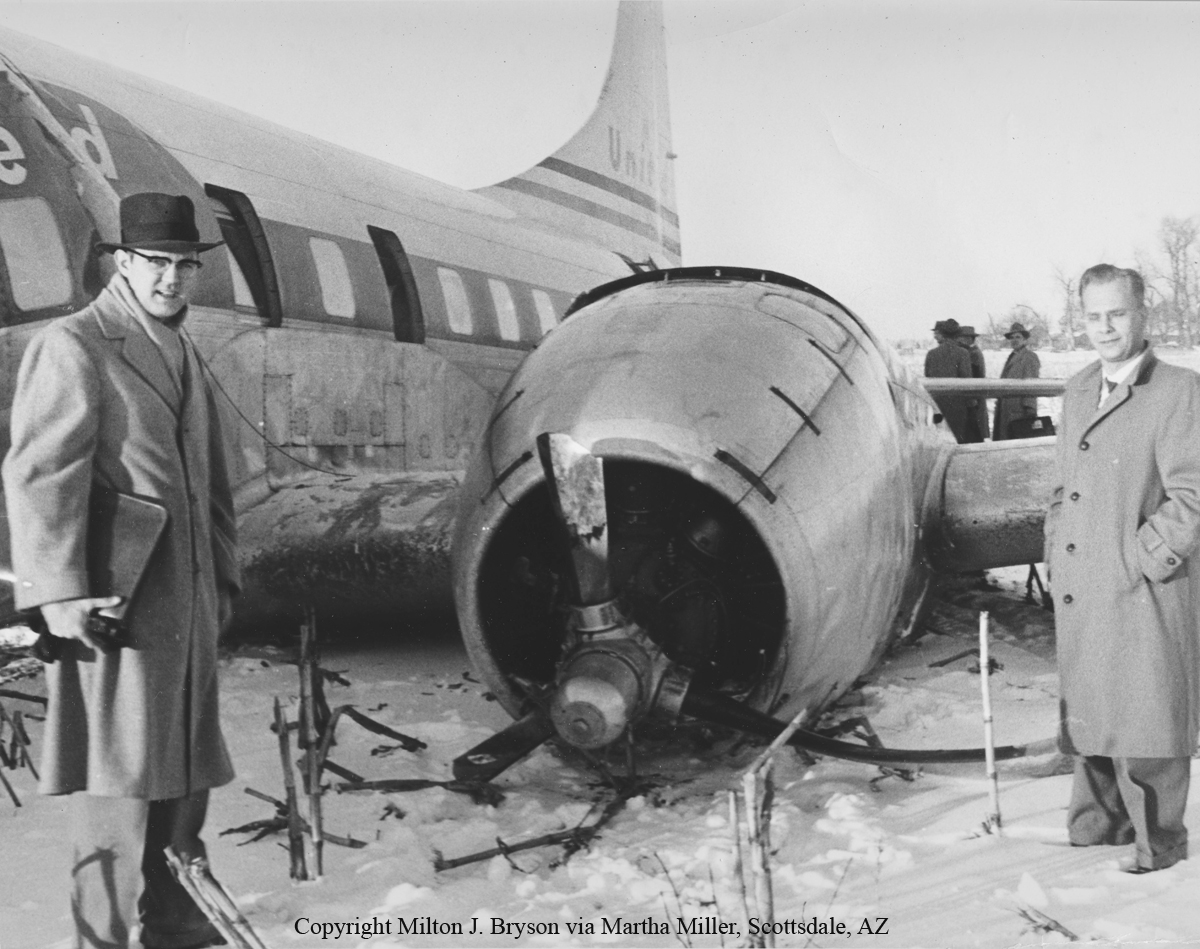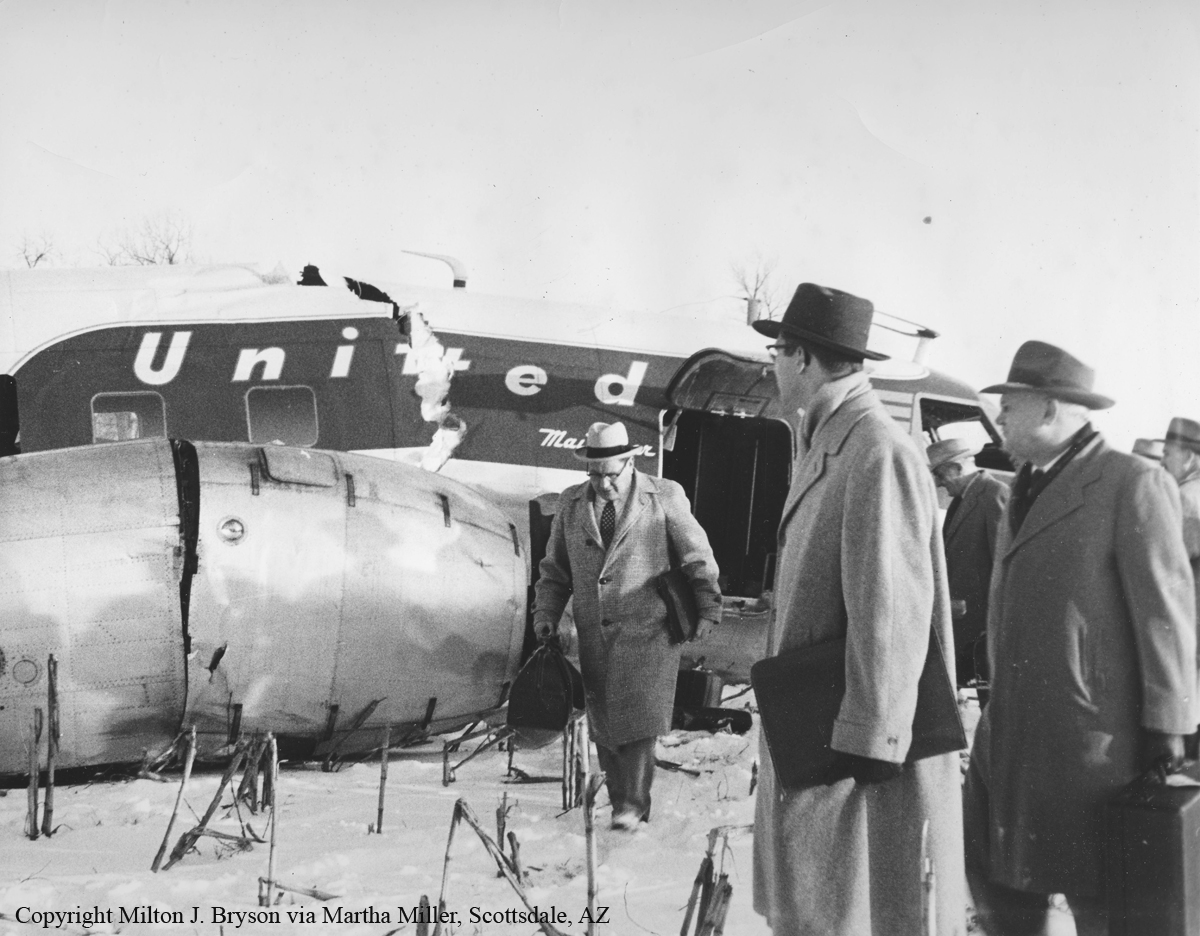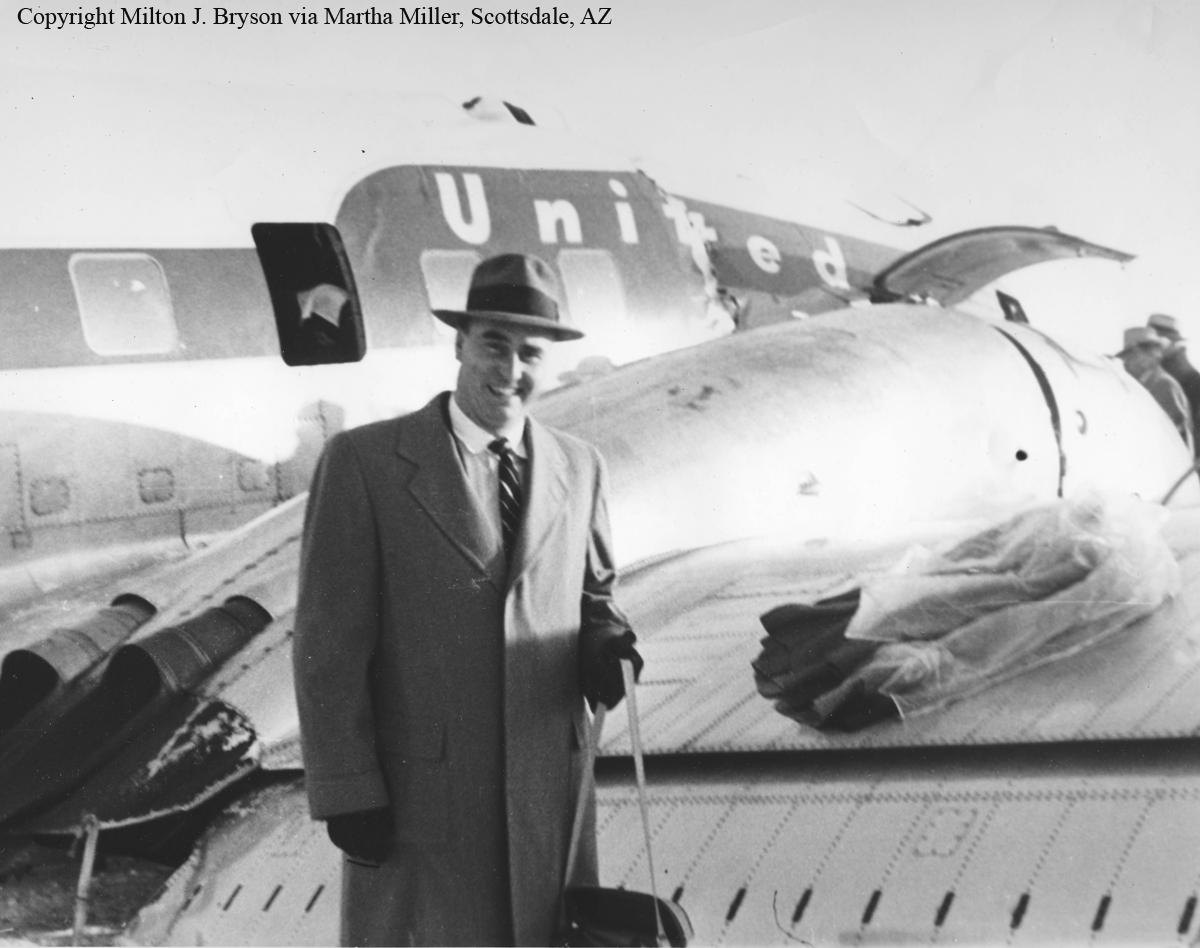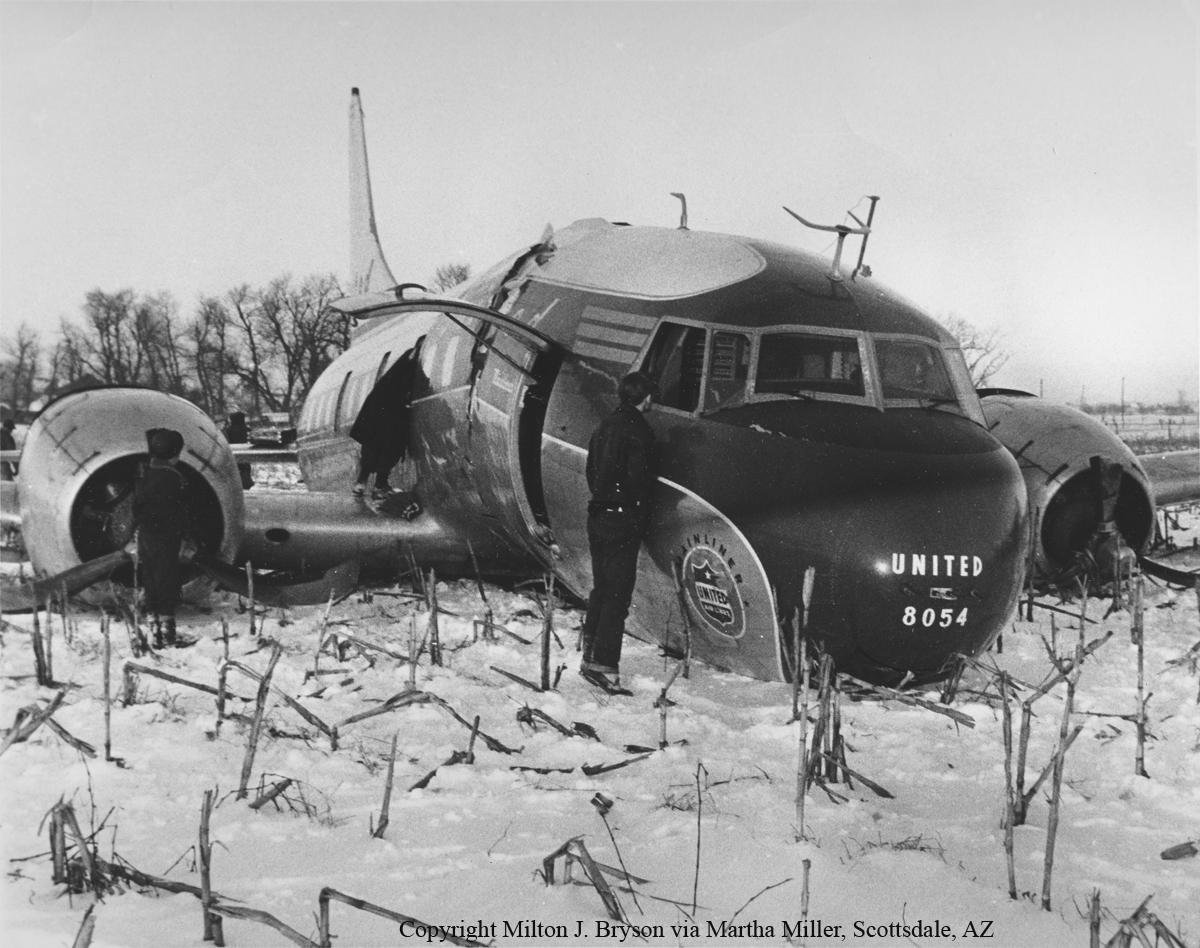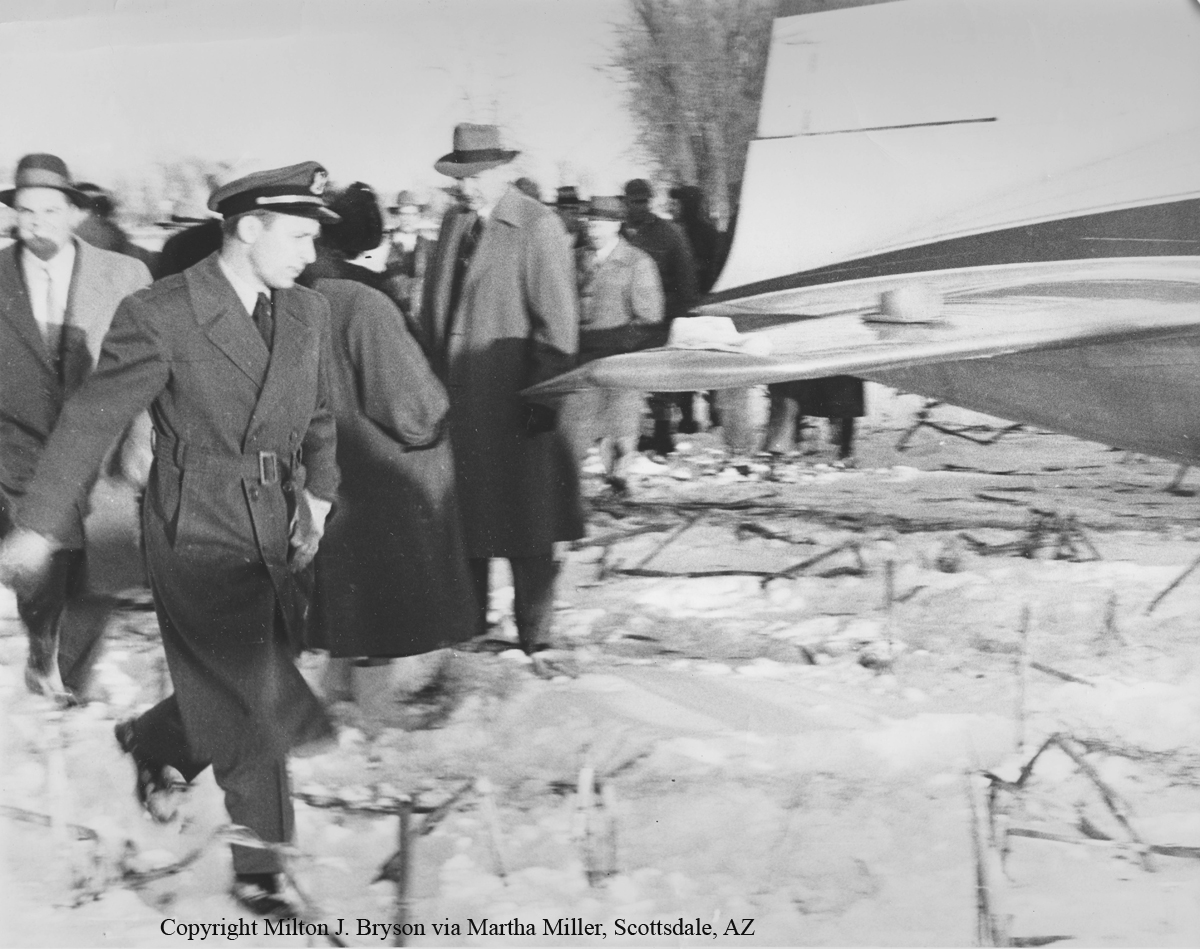Crash of a Cessna 421B Golden Eagle I in Roosevelt: 2 killed
Date & Time:
Nov 21, 1973 at 1050 LT
Registration:
N2217Q
Survivors:
No
Schedule:
Provo - Omaha
MSN:
421B-0017
YOM:
1970
Crew on board:
1
Crew fatalities:
Pax on board:
1
Pax fatalities:
Other fatalities:
Total fatalities:
2
Captain / Total hours on type:
458.00
Circumstances:
While in cruising altitude, the pilot encountered problems with the left propeller and lost control of the airplane that dove into the ground and crashed in Roosevelt. The aircraft was destroyed and both occupants were killed.
Probable cause:
Powerplant failure caused by a propeller and accessories (governors) technical issue. The following factors were reported:
- Governors disconnected,
- Failed to maintain flying speed,
- Improper operation of flight controls,
- Physical impairment,
- Suspected mechanical discrepancy,
- Left governors lower spring seat/thrust bearing of pilot valve plunger loose,
- Possibility of hypoglycemic reaction.
- Governors disconnected,
- Failed to maintain flying speed,
- Improper operation of flight controls,
- Physical impairment,
- Suspected mechanical discrepancy,
- Left governors lower spring seat/thrust bearing of pilot valve plunger loose,
- Possibility of hypoglycemic reaction.
Final Report:
